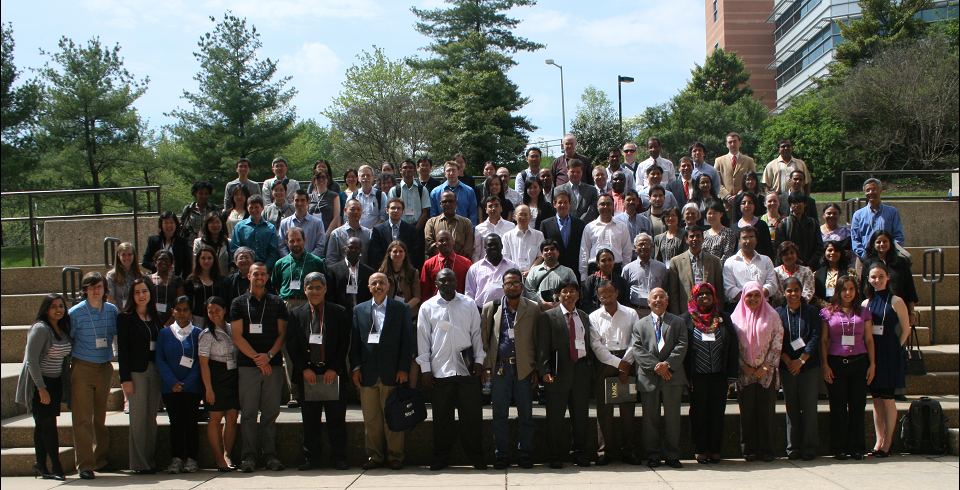


 A special feature of Probability and Statistics Day at UMBC 2013 is that the conference, including the workshop, is open to all statistics graduate students
from UMBC and local universites free of charge; however, REGISTRATION IS REQUIRED! The deadline to register is Friday,
April 12, 2013. // REGISTER NOW
A special feature of Probability and Statistics Day at UMBC 2013 is that the conference, including the workshop, is open to all statistics graduate students
from UMBC and local universites free of charge; however, REGISTRATION IS REQUIRED! The deadline to register is Friday,
April 12, 2013. // REGISTER NOW
For more information, contact any member of the organizing committee:
Bimal Sinha
Conference Chair
443.538.3012
Kofi Adragni
410.455.2406
Yvonne Huang
410.455.2422
Yaakov Malinovsky
410.455.2968
Thomas Mathew
410.455.2418
Nagaraj Neerchal
410.455.2437
DoHwan Park
410.455.2408
Junyong Park
410.455.2407
Anindya Roy
410.455.2435
Elizabeth Stanwyck
410.455.5731

Participant Information
Peter Linton
Paper: On a Comparison of Tests of Homogeneity of Binomial Proportions
(may be presenting a different paper if research goes well) There are multiple tests of homogeneity of binomial proportions in the statistics literature. However, when working with sparse data, most test procedures may fail to perform well. In this article we review nine classical and recent testing procedures, including the standard Pearson and likelihood ratio tests; exact conditional and unconditional tests; tests based on moment matching chi-squared approximations; a recently proposed test based on a normal approximation in an asymptotic framework for sparse data; and a recent test based on higher order moment corrections using an Edgeworth approximation. For each test we review its theoretical underpinning, and show how to calculate the P -value. Most of the P -values can be readily calculated in a statistical computing software package such as R. We compare type I error probability and power via simulation. As expected, none of the procedures uniformly outperforms the others in terms of type I error probability and power, but we can make some recommendations based on our empirical results. In particular, we indicate scenarios in which certain otherwise reasonable test procedures can perform inadequately.